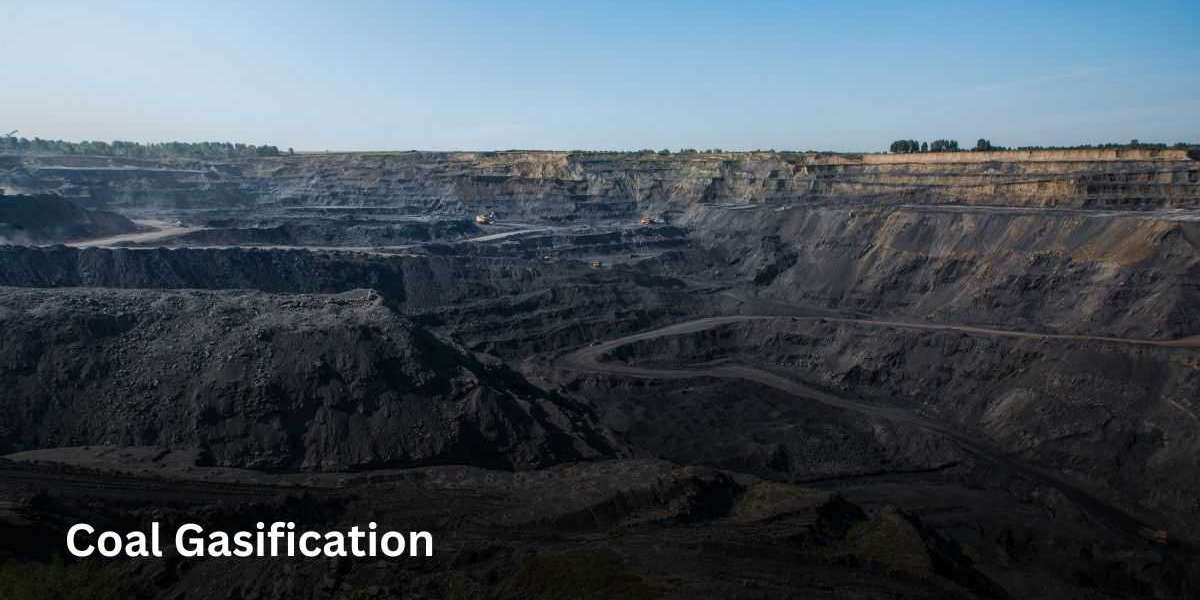Having worked in the coal gasification industry for the past five years, I’ve seen firsthand how crucial carbon raisers are in the steelmaking process. Whether you’re in the thick of the foundry industry or simply curious about the role of carbon in steel production, understanding how carbon raisers contribute to this process can be enlightening.
What Are Carbon Raisers?
In steelmaking, carbon raisers are materials added to molten steel to increase its carbon content. The carbon content in steel is a critical factor that determines the hardness, strength, and durability of the final product. Carbon raisers, such as gas calcined anthracite (GCA) and electrically calcined anthracite (ECA), are used to achieve the desired carbon levels in steel, ensuring the metal meets specific industry standards.
The Role of Carbon Raisers in Steelmaking
From my experience, carbon raisers play an indispensable role in enhancing both the quality and efficiency of the steelmaking process. Here’s how:
Improving Steel Quality:
- Consistent Carbon Content: The carbon content of steel needs to be precisely controlled. Too little carbon, and the steel may lack strength; too much, and it could become brittle. Carbon raisers help maintain this delicate balance, resulting in steel that meets the specific needs of the application, whether for construction, automotive, or tool manufacturing.
- Refining Steel Properties: The addition of carbon raisers allows for fine-tuning of the steel's properties. Higher carbon content typically increases hardness and tensile strength, which is crucial for applications requiring durable and long-lasting materials.
Enhancing Efficiency in Foundries:
- Faster Melting Process: By using carbon raisers like GCA or ECA, foundries can achieve the required carbon content more quickly. This not only speeds up the melting process but also reduces the overall energy consumption, making the production process more efficient.
- Cost-Effective Production: Carbon raisers help in achieving the desired carbon levels without the need for expensive alloying elements. This can significantly reduce production costs, especially in high-volume operations.
Types of Carbon Raisers
During my time in the industry, I’ve worked with various types of carbon raisers, each with its unique advantages:
Gas Calcined Anthracite (GCA):
- GCA is a highly carbon-rich material produced by heating anthracite coal in the presence of gas. It’s known for its high purity and consistent carbon content, making it an ideal choice for steelmakers aiming for precise control over their carbon levels.
Electrically Calcined Anthracite (ECA):
- ECA is produced by electrically heating anthracite coal, resulting in a product with excellent electrical conductivity and low ash content. ECA is particularly useful in applications requiring high-performance carbon products, such as in the production of electrodes.
Benefits of Using Carbon Raisers
The use of carbon raisers in steelmaking comes with several notable benefits, all of which contribute to a more efficient and higher-quality production process:
- Enhanced Product Quality: By controlling the carbon content more precisely, foundries can produce steel that meets exacting standards for different applications.
- Reduced Production Costs: Carbon raisers allow for cost-effective production, reducing the need for expensive alloys while still achieving the desired material properties.
- Increased Efficiency: The addition of carbon raisers can speed up the steelmaking process, reducing energy consumption and increasing output.
Challenges of Using Carbon Raisers
While the benefits are significant, there are also challenges associated with the use of carbon raisers in steelmaking:
- Controlling Impurities: Ensuring that carbon raisers do not introduce unwanted impurities into the steel is critical. Impurities can affect the quality of the final product, making it essential to use high-purity materials like GCA or ECA.
- Consistency in Production: Achieving consistent carbon content across large batches of steel can be challenging, especially in high-volume operations. This requires careful monitoring and precise measurement during the addition of carbon raisers.
- Cost Management: While carbon raisers can reduce the need for expensive alloys, the cost of high-quality carbon raisers themselves can be a factor, especially if large quantities are required.
Conclusion
In my five years of experience working in the coal gasification industry, I’ve seen how vital carbon raisers are in the steelmaking process. They not only enhance the quality of steel by ensuring precise carbon content but also improve efficiency in foundries by reducing energy consumption and costs. However, like any industrial process, using carbon raisers comes with its own set of challenges, particularly in controlling impurities and maintaining consistency.
For foundries looking to optimize their steel production, understanding and effectively utilizing carbon raisers is key to producing high-quality, durable steel while keeping production costs in check. Whether you’re new to the industry or a seasoned professional, mastering the use of carbon raisers is essential for achieving the best possible results in steelmaking.








